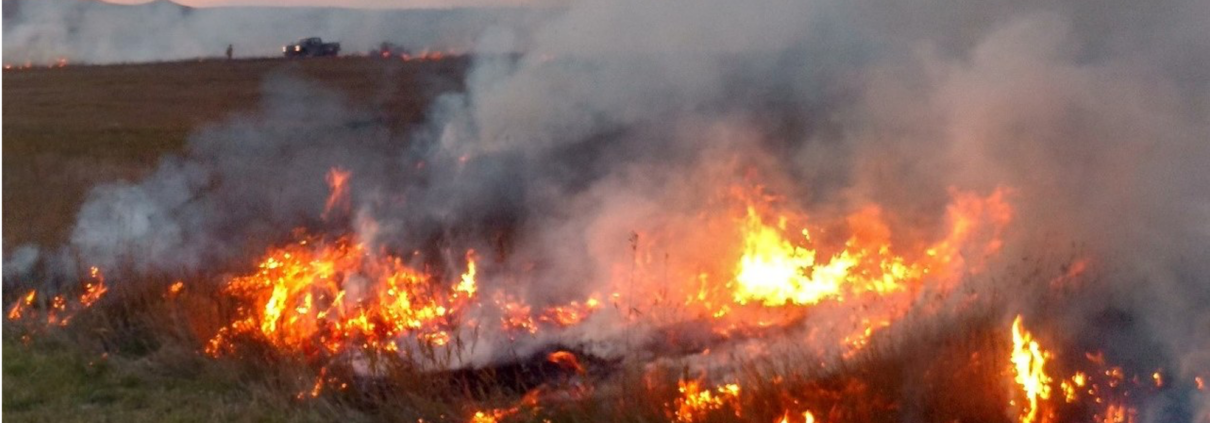Could Canadian Wildfire Smoke on the East Coast Spark More Legislation to Combat Climate Change?
By CHHS Extern Daniela Eppler
This summer, the East Coast has experienced two periods of heavy smoke originating from wildfires in the Quebec region of Canada. The smoke has swept across large cities like Washington D.C., New York, and Philadelphia, leading to dangerously poor air quality throughout the United States. The impact of the smoke has been significant, with unhealthy air quality being reported everywhere from Minnesota and Indiana through the Mid-Atlantic and Southern regions of the United States. During this time, nearly 300 air quality monitoring stations reported all-time high air pollution figures. Notably, in early June, New York City reached a peak value of 460 on the air quality index, a hazardous level of air quality with significant risk particularly for vulnerable populations such as children, senior citizens, pregnant women, and people with heart or respiratory issues. However, the detrimental health impacts extend to all segments of the population. While these types of wildfires can occur naturally, climate change can exacerbate their frequency, duration, and size. Although the West Coast is no stranger to dealing with wildfires and their growing intensity over recent years, this is the first time that the East Coast is experiencing the effects of climate change in this manner.
Over the past few years, the West Coast has experienced some of the most destructive wildfire seasons, posing serious health risks to the public. In 2020, California recorded its largest fire season ever and the pollution from these wildfires likely offset decades of progress in improving air quality. More than half of the counties in California experienced their worst air pollution since satellite measurements began collecting data in 1998. Exposure to poor air quality can have serious long-term consequences for people’s health. In certain counties, if the particulate concentration from the 2020 wildfires would have been sustained, the average life span of their residents would have been shortened by 1.7 years. Fine particulate matter released into the air by wildfires is a significant threat to public health because it can get deep into the lungs and a person’s blood stream and cause heart and respiratory problems. Although the Clean Air Act has helped reduced the fine particulate pollution by 66.9% since 1970, wildfire smoke remains responsible for about half of the creation of fine particle pollution on the West Coast. As wildfire season lengthen and become more extreme in the Western United States, the East Coast is now facing some of the devasting effects of climate change driven wildfires for the first time.
Increased emission of greenhouse gases trap excess heat in the atmosphere and cause the climate to warm. A warmer climate leads to more frequent wildfires due to the impact of producing dryer vegetation, providing more fuel for wildfires. Despite the historic Inflation Reduction Act of 2022, which invested $369 billion in climate and clean energy investments to reduce pollutants like greenhouse gases, there is more work to be done. One of the biggest challenges deals with tightening regulations on the oil and gas industries within states, as they are some of the biggest polluters in the nation. Power plants that use coal and/or gas contribute significantly to greenhouse gas emissions, accounting for ninety percent of the top 50 polluters and emitting twenty seven percent of all greenhouse gases produced from electricity nationwide.
As more constituents begin to feel the effects of climate change on the East Coast and the disruptive nature of the increased frequency of natural events like wildfires, the extent to which Congress will experience heightened pressure to pass additional legislation to combat climate chain remains uncertain. However, although the East Coast has not experienced the same magnitude of consequences from wildfires that the West Coast has in recent years, people’s lives have been disrupted by the recent periods of smoke. A natural consequence of that disruption is that people are paying more attention to wildfires, what is causing them, and potentially, what can be done so that they do not continue to disrupt our summer plans. The duration of people’s interest in wildfires is difficult to determine. However, frequent periods of poor air quality caused by wildfire smoke persist, it is likely that wildfires will continue to be a topic of interest and conversation for the average East Coast citizen, increasing awareness around climate changes issues and the impacts that will be felt by this generation.



